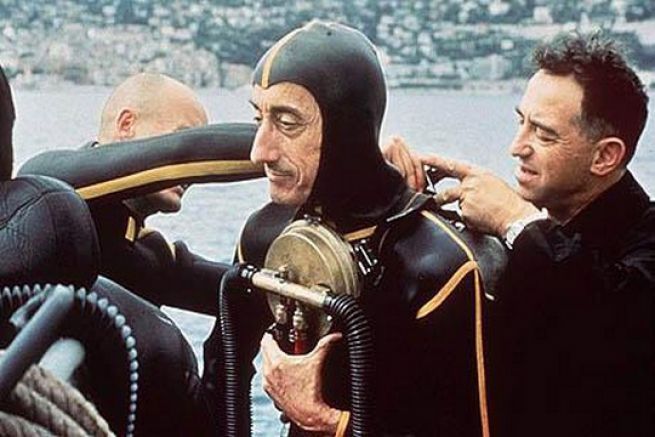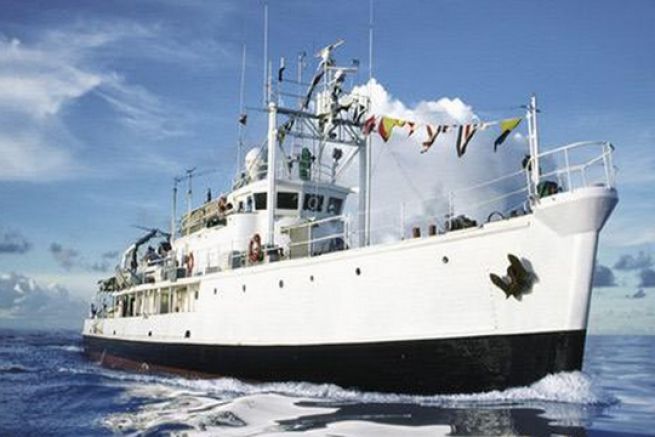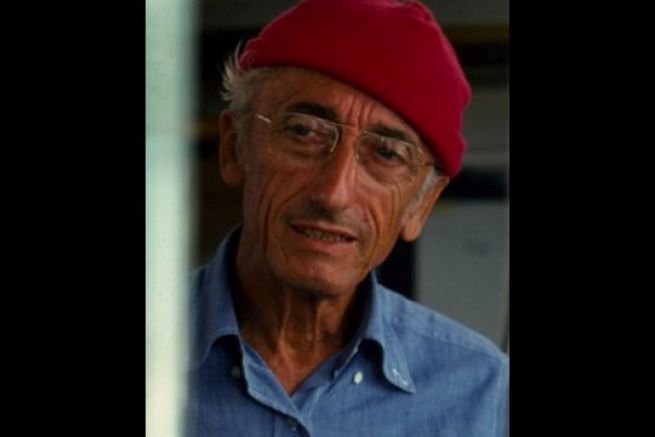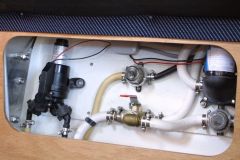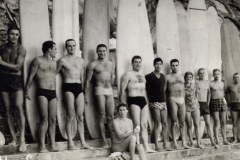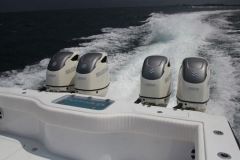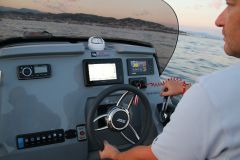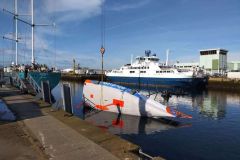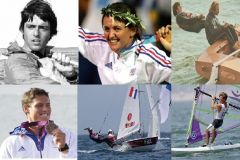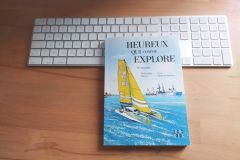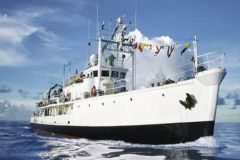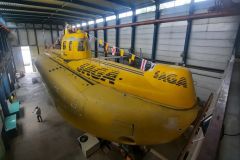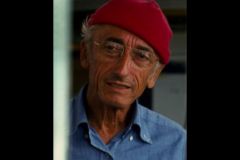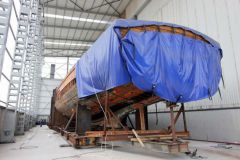A career as a director
The"Mousquemers" carry out underwater expeditions and shoot several films. The first French underwater film In eighteen metres of water in 1942 then the first film in an autonomous suit Wrecks in 1943. In 1956, Le Monde du Silence won the Palme d'or at the Cannes Film Festival in 1956.
Commander Cousteau is not only a great inventor, he is also a director and a writer. It is through more than 70 television films and about fifty books that the general public discovers the oceans. Everyone remembers the TV series made by the Commander on his boat. Over the years, 70% of Calypso's missions have revolved around the production of television programmes. In 1953, the Silent World was published, recounting underwater experiences since the mid-1930s
Calypso, the Commander's oceanographic ship
In 1949, Cousteau left the French Navy and created the French Oceanographic Campaigns in 1950. That same year, he acquired the Calypso a former minesweeper that he reconverts into an oceanographic ship. He made numerous modifications to make it an underwater exploration boat. A room under the water level allows to observe the seabed. He left for his first expedition in 1951 in the Red Sea. On board, volunteers and numerous scientists. Calypso will be the first ship to carry out scientific missions at sea ( Read our article on Calypso )
Prestigious recognition
In 1972, Commander Cousteau obtained the Legion of Honour for his acts of resistance during the war and obtained the title of Officer and Commander for his scientific actions. He became a member of the United States Academy of Sciences and director of the Oceanographic Museum of Monaco for 30 years.
In 1977, he was awarded the International Environment Prize by the United Nations. He became an Officer of the Ordre du Mérite maritime in 1980 and was awarded the Claude Foussier prize by the Académie des sports for his actions to protect nature and the quality of life in 1983. He received the U.S. President's Medal of Freedom in 1985. In 1988, he was included on the honour roll of individuals who distinguished themselves in the protection of the environment. Finally, he was elected to the Académie française in 1989.
Preserving the planet
In 1974, Cousteau created The Cousteau Society, an American non-profit organization. The French Oceanographic Campaigns thus came to an end. In 1981, the Cousteau Foundation was born and later became Equipe Cousteau. In 1990, a global petition was launched to save Antarctica from mining and thanks to the association, this land is protected for at least 50 years. That same year, Cousteau lost his wife Simone and remarried in 1991 to Francine Triplet, with two children, Diane-Elizabeth and Pierre-Yves. Upon his death in 1997, it was Cousteau Society that inherited all rights related to the use of his name and the mission to continue the work of the commander.
In 1992, Cousteau was invited to give a conference at the United Nations on development and the environment in Rio de Janeiro.
